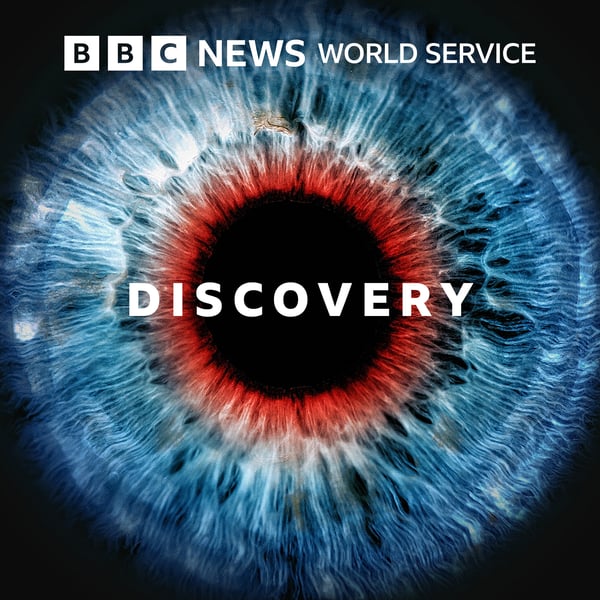The Zedonk Problem
Discovery
BBC
4.3 • 1.2K Ratings
🗓️ 30 November 2020
⏱️ 28 minutes
🧾️ Download transcript
Summary
Transcript
Click on a timestamp to play from that location
| 0:00.0 | Newscast is the unscripted chats behind the headlines. |
| 0:05.6 | It's informed, but informal. |
| 0:07.5 | We pick the day's top stories and we find experts who can really dig into them. We use our colleagues in the newsroom and |
| 0:14.4 | our contacts. Some people pick up the phone rather faster than others. |
| 0:18.0 | We sometimes literally run around the BBC building to grab the very best guests. |
| 0:23.4 | Join us for daily news chats to get you ready for today's conversations. |
| 0:28.3 | Newscast, listen on BBC Sounds. |
| 0:38.0 | Hello and welcome to the curious cases of Rutherford and Fry on Discovery for the BBC. This is the program where you send us in the queries, questions and conundrums that you are curious about and we will look into |
| 0:44.5 | them on your behalf using the power of science. So please do send us your questions curious |
| 0:49.8 | cases at BBC.co. UK and on with the show. |
| 0:57.0 | A menagerie of crossbreeds and a bag of strange names for this curious case sent in by James G on Twitter |
| 1:06.8 | He wrote to us with today's question |
| 1:09.2 | Today I learned that TIGON's and LIGAS are what you get when lions and tigers |
| 1:13.9 | into breed. So what determines where the species can interbreed and why aren't |
| 1:19.5 | lIGAS and TIGON's the same? Okay well given that you are our resident geneticist Adam, I'd say this one sounds |
| 1:25.8 | like it's quite up your street. |
| 1:27.8 | So go on then, Smoshy Pants, what is the difference between a TIGON and a LIGA. |
| 1:33.0 | Well, that sounds like the beginning of a really bad joke, |
| 1:35.0 | but a LIGA is the offspring of a male lion with a female tiger, |
| 1:40.0 | and a TIGON is the other way round. |
| 1:42.0 | And they're different? Yes, they are. Can you tell the difference? No I can't. They both look like big scary cats. |
| 1:47.2 | If I showed you a picture of both of them would you ever tell which was which? |
... |
Please login to see the full transcript.
Disclaimer: The podcast and artwork embedded on this page are from BBC, and are the property of its owner and not affiliated with or endorsed by Tapesearch.
Generated transcripts are the property of BBC and are distributed freely under the Fair Use doctrine. Transcripts generated by Tapesearch are not guaranteed to be accurate.
Copyright © Tapesearch 2025.

